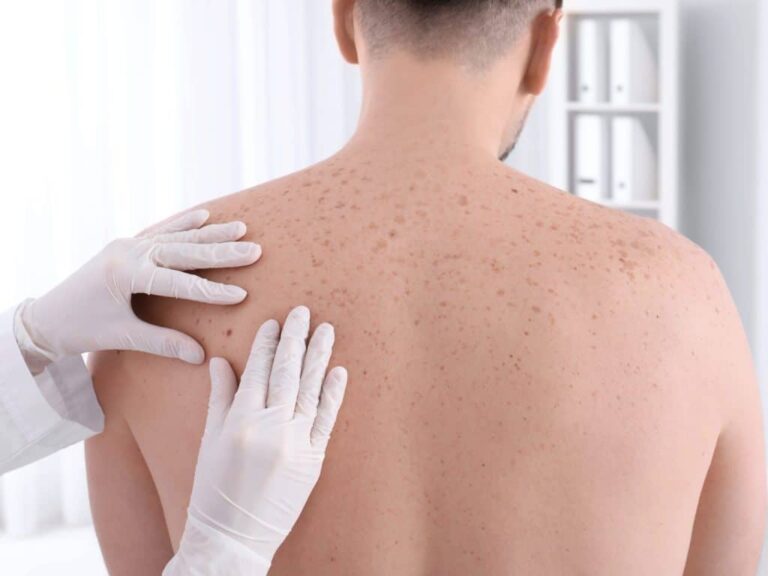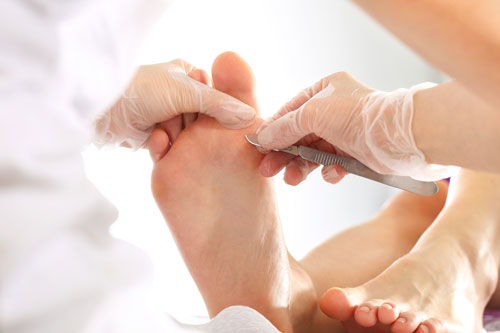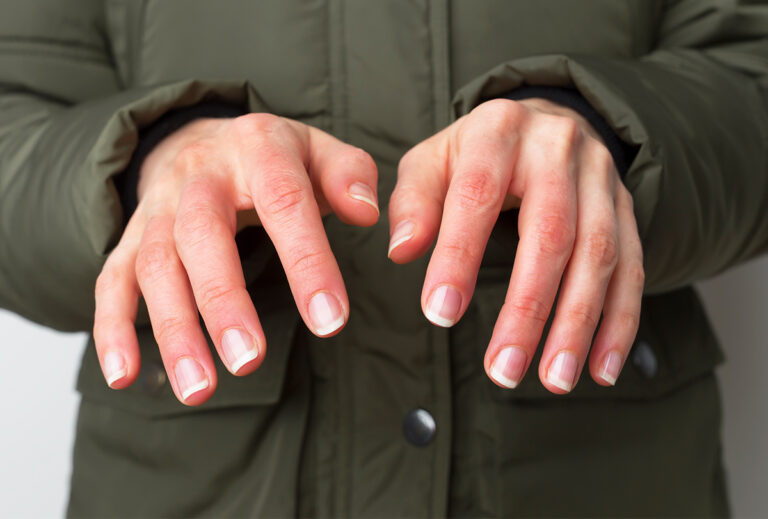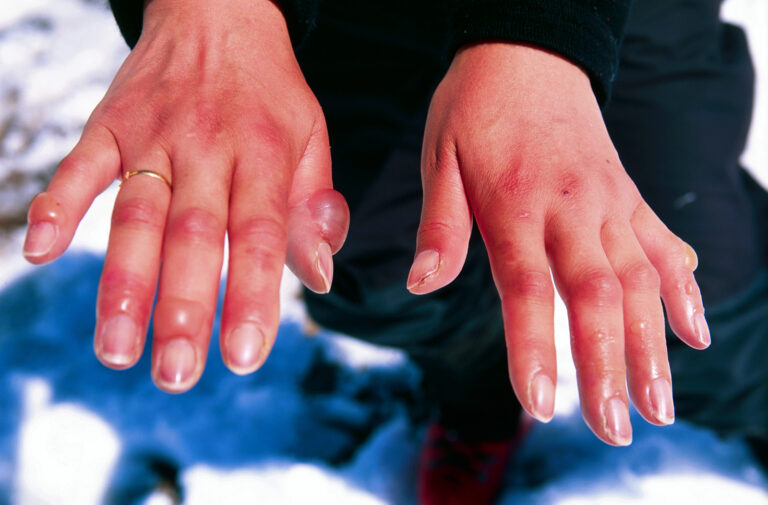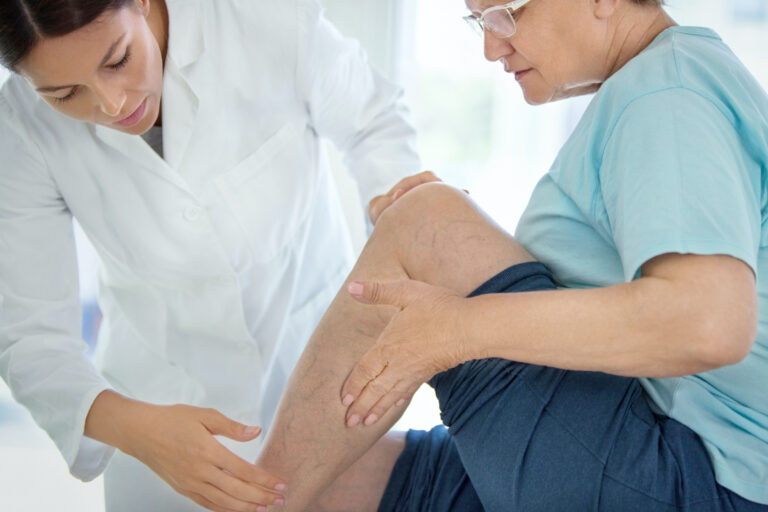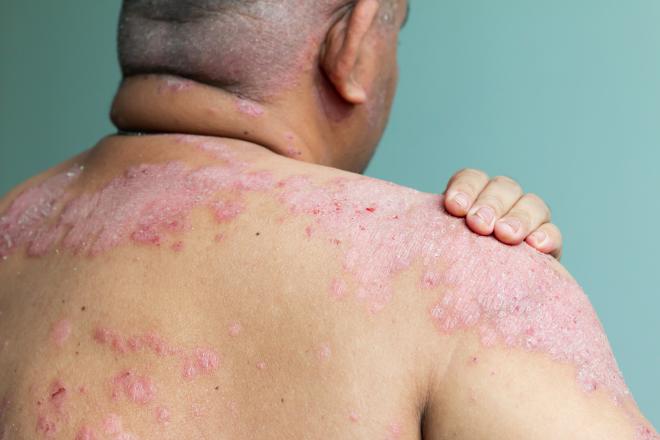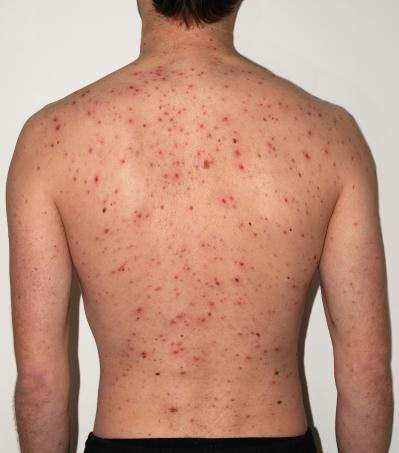Pemphigus: Everything About This Skin Disorder
Author: Alvin
Alvin
Category: Health

Pemphigus is an autoimmune illness that affects a small number of people. Blisters appear on the skin and mucous membranes all over the body. The mouth, nose, throat, eyes, and genitals are all affected. The most frequent type of this disorder is Pemphigus vulgaris. Blisters are soft and quickly break open, resulting in painful sores. They can spread over significant parts of the body without treatment, posing a high risk of infection.
Antibodies attack the immune system, causing this disease. It’s sometimes confused with bullous pemphigoid, lupus erythematosus, and Hailey-Hailey disease. It’s not contagious. It is a lifelong ailment that requires continuing medical care.
How common is Pemphigus?
Pemphigus isn't common. The prevalence of pemphigus varies depending on where you live. Every year, however, an estimated 0.75-5 individuals per 1 million people are afflicted across the world. Bullous pemphigoid is a condition that has a similar name to it but is not pemphigus. Bullous pemphigoid is a type of pemphigoid that commonly affects the elderly and can be lethal.
What are the types of Pemphigus?
Doctors categorize pemphigus based on where and why blisters form. There are different types of of this disorder, depending on the skin layer and location of the blisters. They always emerge on the skin’s surface. Usually, only one kind occurs.
Pemphigus comes in a variety of types, including:
¢ Pemphigus Vulgaris. The most common type in the US. Blisters usually occur in the mouth. Some sufferers have cutaneous and mucous membrane blisters. These lesions form in the dermis. They can be painful and slow to heal. Usually, blisters heal without scarring, but pigmented skin can last for months.
¢ Pemphigus Vegetans. This type resembles pemphigus vulgaris. It involves thicker, wart-like lesions. These lesions commonly occur in skin creases like the groin and armpit.
¢ Pemphigus Foliaceus. It is indeed an another type. This form starts with blisters or crusty sores on the scalp and face, then spreads to other parts of the body like the chest. The lesions are irritating but not as painful as those in the other types. Skin may become wet, loose, and scaly.
¢ Pemphigus erythematosus (Senear-Usher syndrome). Blisters form on the upper back, chest, cheeks, and scalp. Lesions are frequently red and crusty.
¢ Endemic pemphigus (fogo selvagem). In South and Central America, mainly Brazil, endemism is a kind of pemphigus foliaceus. This condition often affects entire families.
¢ Paraneoplastic Pemphigus. This unusual type develops in cancer patients. Blisters in the mouth that don’t heal are an indication. If you have this type of disorder, your doctor will check for symptoms of a tumor in your body. The removal of the tumor frequently improves symptoms.

What causes this disorder?
Pemphigus is auto immune. Your immune system normally creates antibodies to fight viruses and germs. Antibodies destroy skin and mucous membrane cells in this kind of disorder. The immune system reaction of pemphigus is unknown. Some drugs, such as penicillin (antibiotic) and piroxicam (NSAIDS for rheumatoid arthritis), it can induce the disease.
Medications can cause pemphigus vulgaris in rare circumstances. ACE inhibitors like captopril, for example, can cause this syndrome. It may also contain chelating agents like penicillamine that remove substances from the blood. Cephalosporin, pyrazoles, NSAIDs, and rifampin are examples of antibiotics.
This kind of disorder has also been linked to emotional stress, heat burns, UV rays, and infections.
What are the symptoms of Pemphigus?
Pemphigus is a condition that can grow slowly, creating blisters in the same region for years. Signs and symptoms can appear suddenly. Blisters can erupt out of nowhere and quickly spread. Pemphigus can be fatal if it spreads widely. It has the ability to change someone who is healthy into someone who is unwell, weary, and in pain.
Pemphigus vulgaris symptoms include painful blisters that form in the mouth or on the skin. It could also include recurring skin blisters near the skin’s surface. Others may have blisters that ooze, crust, or peel.
It can also affect the skin, lips, throat, and nails. Blisters normally start in one region. They can appear on normal or irritated skin. In either case, the blisters pop open and ooze. They form crusted sores. The most prevalent variety of this disease, which is the vulgaris, causes painful mouth sores. Approximately 50% to 70% of people with it have mouth sores before skin blisters. Some people with severe pemphigus experience nail issues. Skin around the nail can become infected. Some people’s nails slowly fade.
What are the complications associated with it?
People with pemphigus who develop blisters in their mouth may find it difficult to eat. Painful eating can lead to nutritional deficiencies over time. Your doctor may suggest nutritional supplements if you have this problem. Pemphigus blisters, like any other type of blister, can become infected in some situations. If this happens, your doctor may prescribe medicines to help you get rid of the illness.
The other type of this disease complications can be lethal and severe. Skin infections, sepsis, and infections spread through the bloodstream are examples. It could also involve dehydration and drug adverse effects.
What are the treatments for pemphigus?
Stopping the medication that caused this disease usually clears up the problem in people with drug-induced pemphigus. It is treated using drugs prescribed by doctors. To prevent blisters from spreading, treatment should begin as soon as feasible. Prescription drugs can be taken on their own or in combination. Depending on the type and severity of your pemphigus, as well as whether or not you have any additional medical problems:
¢ Corticosteroids. Corticosteroid cream may be enough to control mild illness in some people. An oral corticosteroid, such as prednisone tablets, is the mainstay of treatment for others.
¢ Steroid-sparing immunosuppressant drugs. Medications including azathioprine (Imuran, Azasan), mycophenolate (Cellcept), and cyclophosphamide protect healthy tissue from the immune system. They may have major adverse effects, such as increased infection risk.
¢ Other medications. If first-line medications aren’t working, your doctor may recommend dapsone. Rituximab (Rituxan) could also be a choice. These can be quite useful. Prednisone and the other drugs discussed above do not work for everyone. Another drug may work. Changing medications can also help reduce the risk of long-term corticosteroid adverse effects.
Treatment helps many people, but it takes years. Others must take a reduced amount of medicine indefinitely to avoid relapse. Some people need hospital treatment for serious or infected sores.







